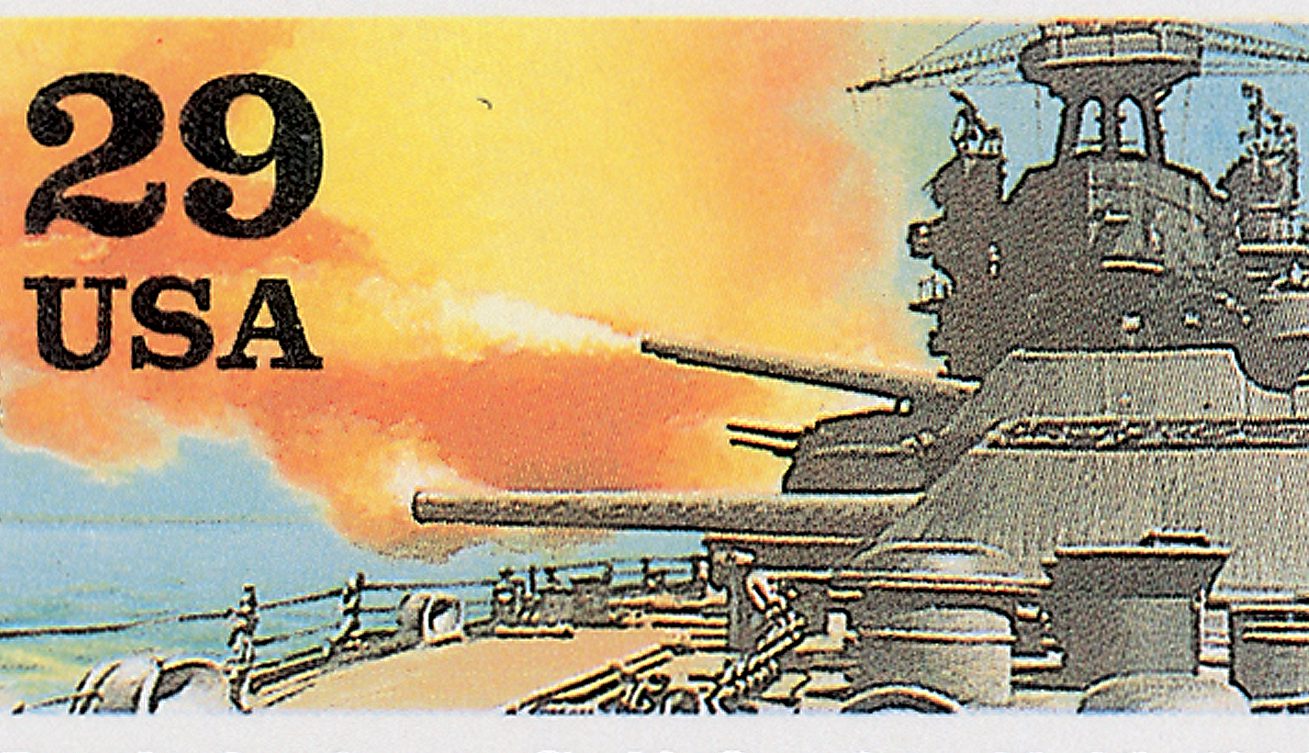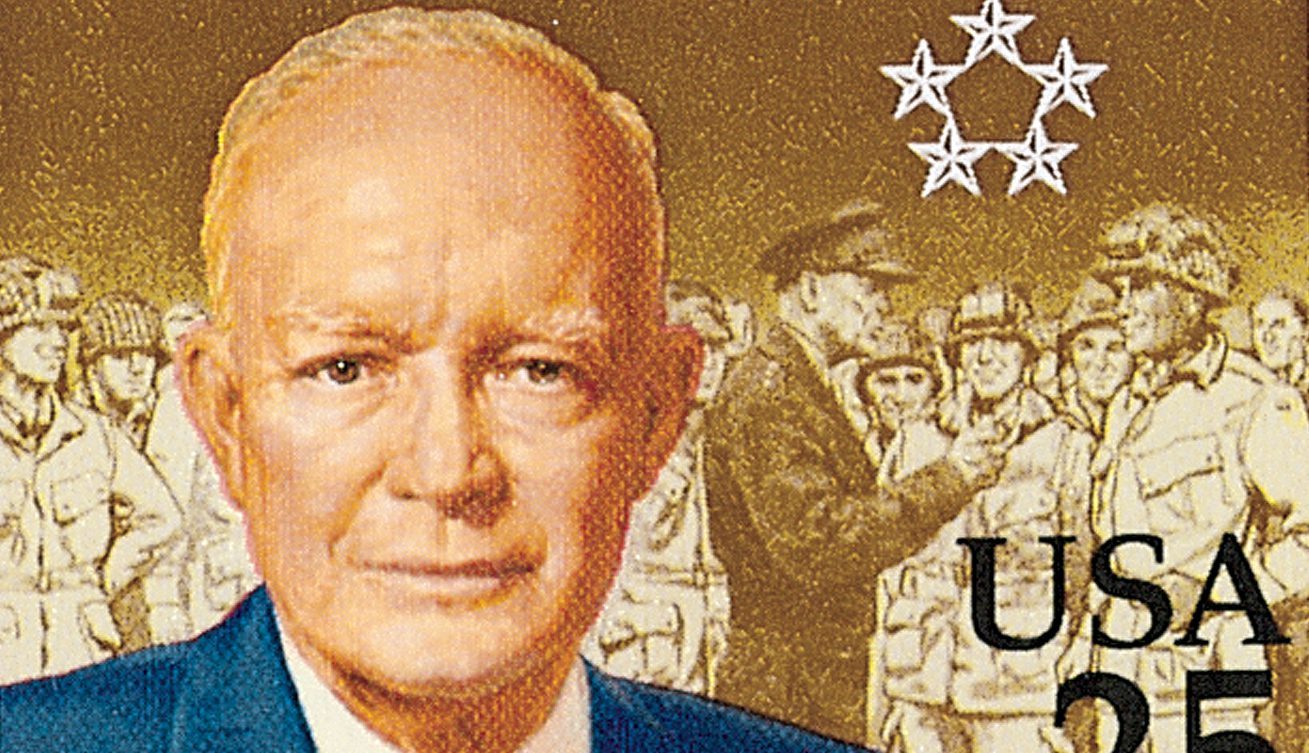Birth of Chesty Puller
Lewis Burwell “Chesty” Puller was born on June 26, 1898, in West Point, Virginia. The most decorated Marine in US history, Puller stands as a symbol of esprit de corps.

Lewis Burwell “Chesty” Puller was born on June 26, 1898, in West Point, Virginia. The most decorated Marine in US history, Puller stands as a symbol of esprit de corps.

On May 3, 2000, the USPS issued the first stamps in the Distinguished Servicemen Series. These stamps were intended as a tribute to all servicemen, not just the soldiers they pictured.

On June 27, 1950, President Harry Truman announced that America would send troops to aid South Korea. It marked the start of US involvement in a conflict that to date hasn’t formally ended because no peace treaty has been signed.

On November 11, 1954, America first observed Veterans Day, previously known as Armistice Day. Initially a day set aside to honor the veterans of World War I, it was expanded in 1954 to pay tribute to all veterans.

On August 29, 1916, President Woodrow Wilson signed the Naval Appropriations Act of 1916, establishing the Marine Corps Reserve.

On August 24, 1949, the North Atlantic Treaty came into force, officially establishing the North Atlantic Treaty Organization (NATO). The purpose of NATO was to maintain a unified military force to defend against Soviet invasion.

On July 27, 1953, the Korean Armistice Agreement was signed, bringing about the end of fighting in the Korean War. However, no peace treaty was signed, so they’re technically still in a state of war.

The fourth USS Yorktown was launched on January 21, 1943. During its more than 25 years of service, the Yorktown participated World War II, the Korean War, and the Vietnam War.

On November 29, 1952, president-elect Dwight D. Eisenhower filled a campaign promise to visit Korea. He had been critical of Harry Truman’s handling of the Korean conflict and promised he would visit and bring an end to the war.